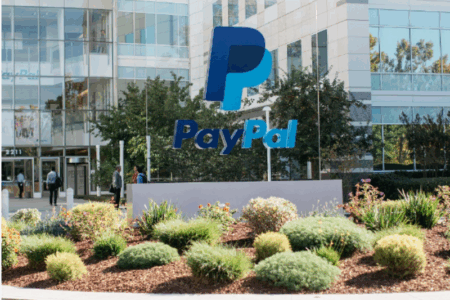The REIT sector has been in a funk of late.
A combination of high interest rates, coupled with surging inflation, has dampened demand for this asset class.
These headwinds threaten to lower REITs’ distribution per unit (DPU) as operating and finance expenses surge.
Despite these headwinds, REITs continue to be a choice pick for income-seeking investors as they dole out dependable distributions.
REIT managers can also employ a variety of methods to mitigate the effects of high inflation and interest rates.
We feature three of these methods and provide some examples of REITs that have employed them.
Acquisitions
Acquisitions are the primary method for REITs to build and grow their portfolios so that they can pay out a higher DPU.
The REIT manager will source for suitable acquisitions where the net property income (NPI) yield of the asset exceeds the REIT’s cost of borrowing.
At the same time, the REIT also must consider its capital structure to ensure that its aggregate leverage level does not rise too high, with 50% being the ceiling as mandated by Singapore’s central bank.
Hence, REITs that are reasonably geared and have a lower cost of borrowing can identify yield-accretive properties to acquire.
A recent example is Mapletree Industrial Trust (SGX: ME8U), or MIT, and its acquisition of a 98.47% stake in a data centre in Osaka, Japan, for S$500.1 million.
This purchase is projected to boost its fiscal 2023’s DPU by 2.1% to S$0.1385.
Another REIT under the Mapletree umbrella, Mapletree Logistics Trust (SGX: M44U), or MLT, has announced a series of acquisitions totalling S$946.8 million for a total of eight properties in Japan, Australia, and South Korea.
The logistics REIT is also in discussions to acquire another two properties in China for close to S$210 million.
In early June, iREIT Global (SGX: UD1U) announced the acquisition of 17 retail properties for approximately €76.8 million.
Its DPU is expected to rise by 2% from €0.023 to €0.0235.
If done right, acquisitions can be an effective method to steadily grow a REIT’s asset base and DPU.
Asset enhancement initiatives
Asset enhancement initiatives, or AEIs for short, help a REIT to improve the quality and gross floor area (GFA) of its existing properties through upgrades, refurbishments, and/or renovations.
These AEIs comprise a wide range of options that include adding a new wing to an office building, reconfiguring space within a shopping mall, or sprucing up the façade of a hotel or serviced residence to make it more enticing.
Such AEIs help to refresh the property to make it attractive for tenants to lease it, and the REIT will also charge a higher rental rate because of these upgrades.
AEIs also include redevelopment projects where a property or series of properties undergoes a major renovation to increase their GFA in tandem with an increase in the site’s plot ratio.
MIT had just redeveloped its Kolam Ayer cluster of three properties into the new Mapletree Hi-Tech Park @ Kallang Way, increasing the GFA of these assets from 506,720 square feet to 865,600 square feet.
For AIMS APAC REIT (SGX: O5RU), the industrial REIT had just completed S$1.6 million of AEI on its 23 Tai Seng Drive property, leading to a valuation uplift and a 32% increase in net lettable area.
Singapore’s oldest industrial REIT, CapitaLand Ascendas REIT (SGX: A17U), or CLAR, has a slew of ongoing AEI projects with a total estimated cost of S$617.4 million.
These involve the redevelopment of two properties in Singapore and an AEI on a Singapore property, the Alpha, as well as a convert-to-suit project in the US.
Positive rental reversion and rental escalations
A third method is organic growth for the REIT through positive rental reversion and rental escalation clauses.
Positive rental reversion refers to a REIT charging higher rental rates to its tenants.
For rental escalations, these clauses are in-built into a tenancy contract and are usually benchmarked to the consumer price index.
For CLAR, its portfolio enjoyed an 8% positive rental reversion for 2022 after seeing a 4.5% increase in 2021.
MLT enjoyed a positive average rental reversion of 3.1% for its latest quarter.
For Keppel DC REIT (SGX: AJBU), more than half of its data centre portfolio has built-in income and rental escalations based on the inflation rate.
These clauses can help the REIT’s rental income to keep pace with inflation, thus contributing to organic income growth.
Did you know there are 5 REIT sectors with a high potential for creating passive income? If you are building retirement wealth, this is crucial information. We have a new report that details all you need to know about them. Find out which sector to pay attention to, and see if you can fit them into your portfolio. Click HERE to download the guide here for free.
Follow us on Facebook and Telegram for the latest investing news and analyses!
Disclosure: Royston Yang owns shares of Mapletree Industrial Trust and Keppel DC REIT.




